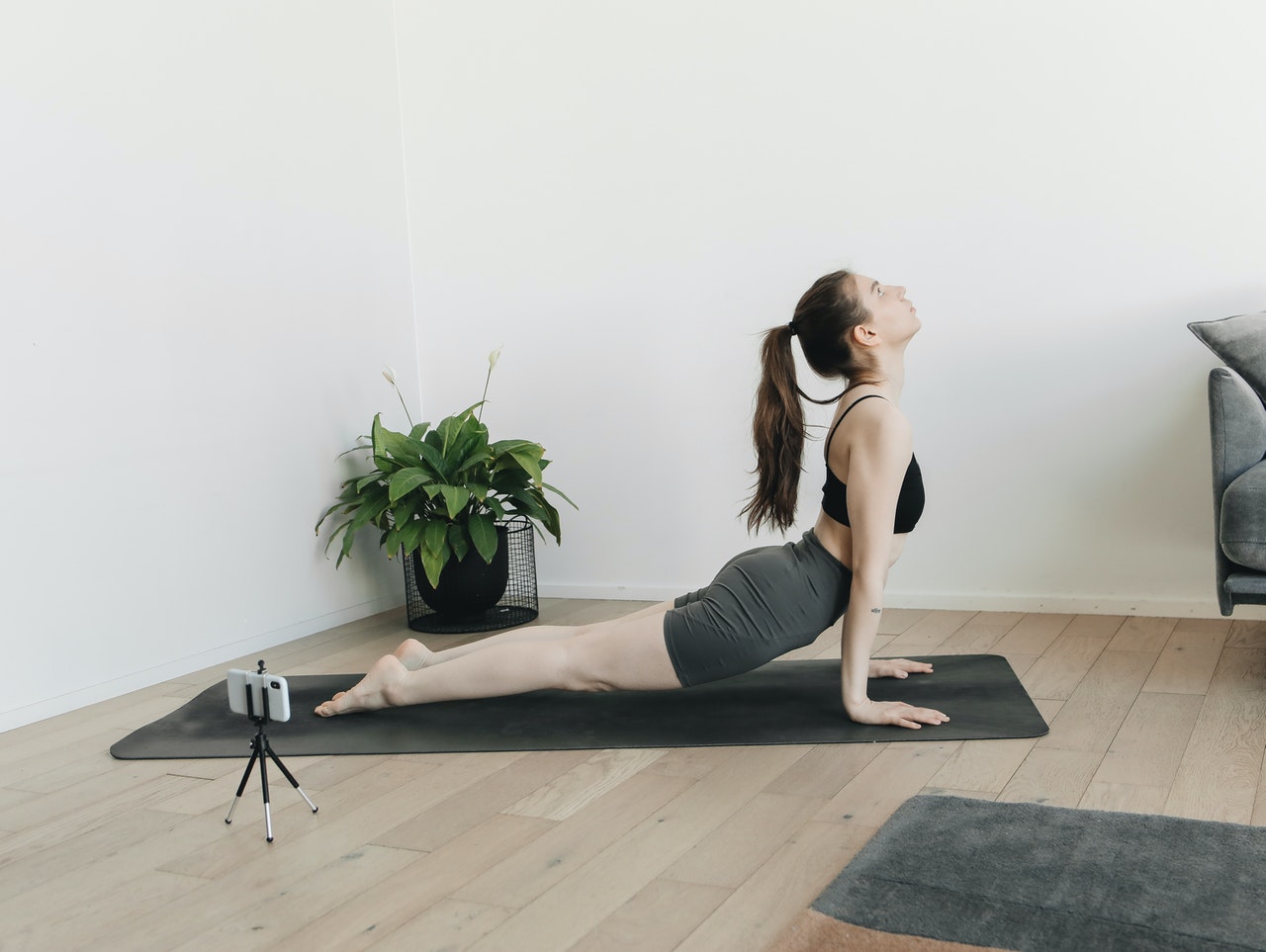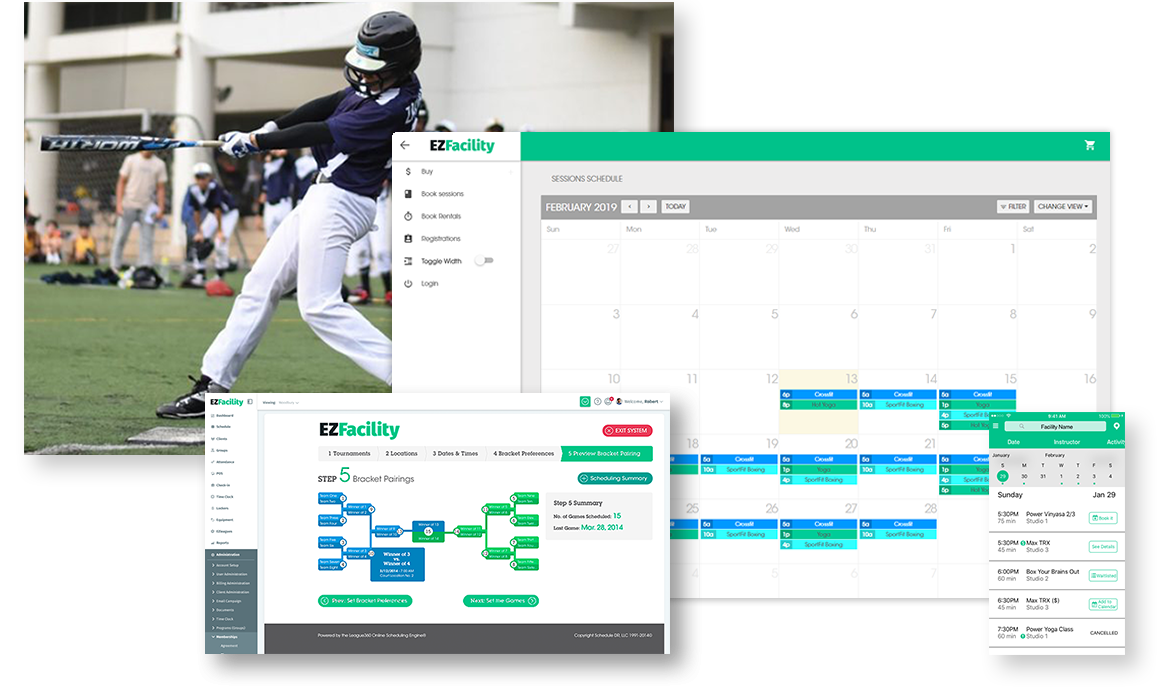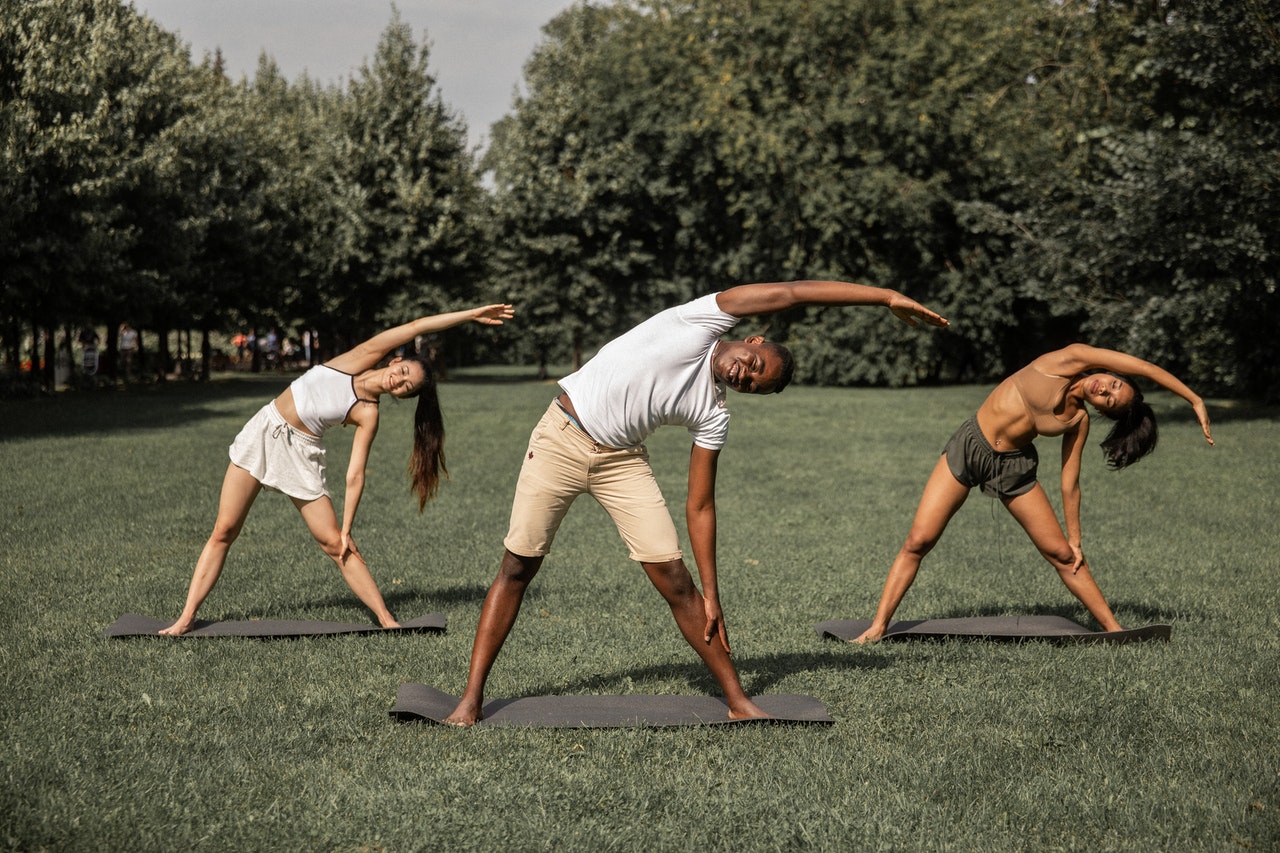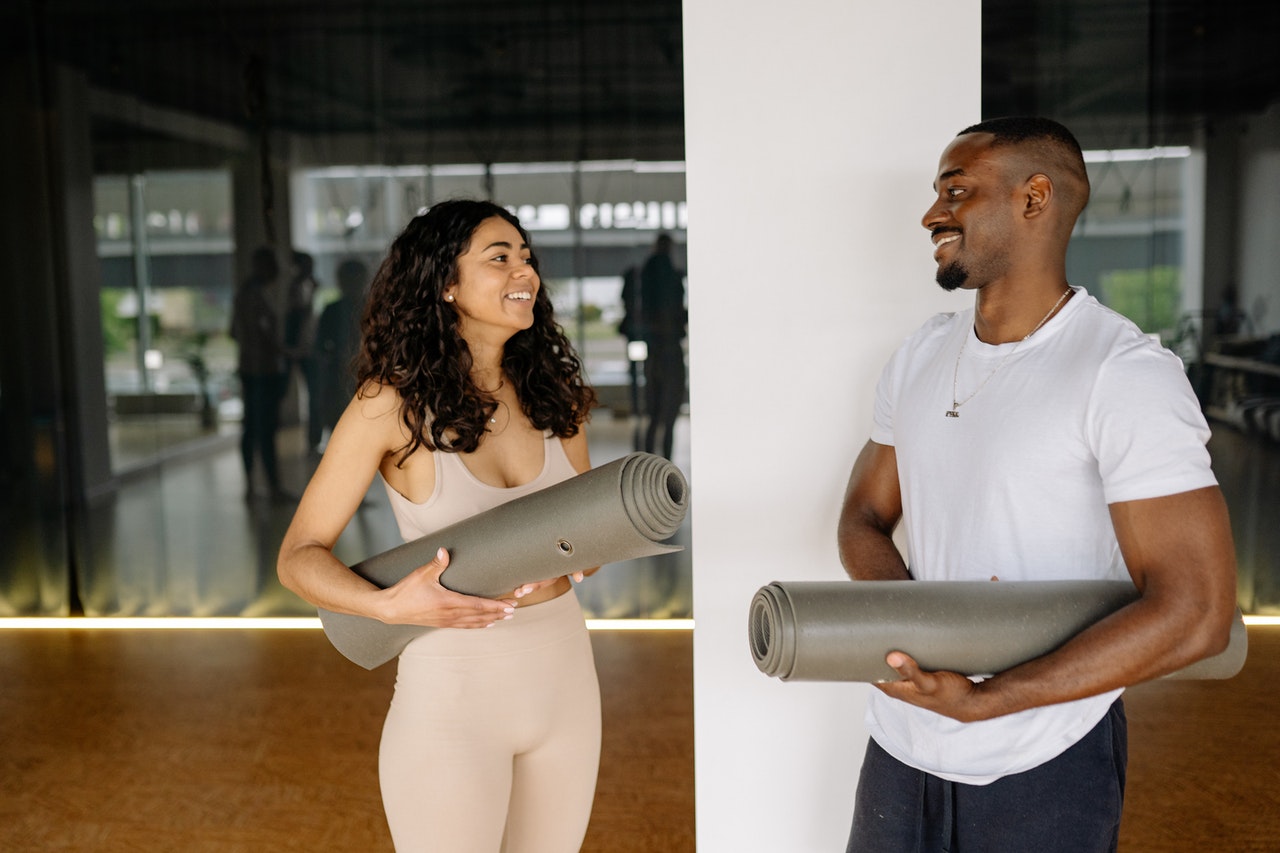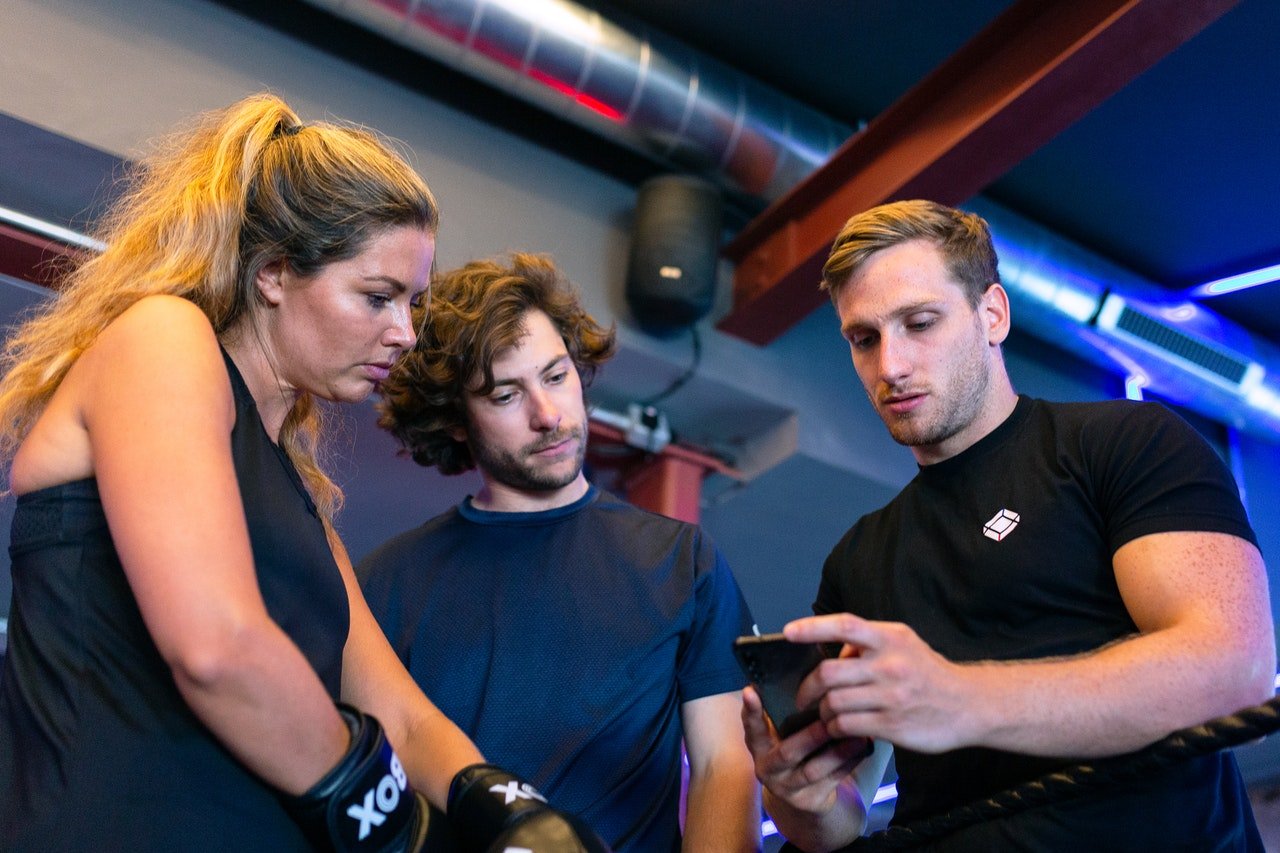In a world dominated by digital demand, consumers’ feeds are constantly flooded by countless businesses vying and competing for attention. At the same time, consumers are more dependent on digital content than they have ever been in the past.
We are in the golden era of opportunity for fitness brands to get direct and near-immediate access to consumers delivered right into the palm of their hands (quite literally).
One recent global study found that engagement on social media has increased 61% over regular usage rates since the beginning of the COVID-19 pandemic. Another predicts that nearly 73% of internet users will access the web solely via their smartphones by 2025, equivalent to roughly 3.7 billion people.
But with technology constantly improving and algorithms continually changing, it can be difficult for anyone to keep up–or, for some, to even know where to begin.
Read on to learn ten ways to improve your social media marketing strategy in 2022.
How important is social media for gyms?
Branding is the first step in understanding how to use social media to promote your fitness brand.
A strong brand begins with two things—a clear vision and a comprehensive, multi-channel marketing plan in place to outline how you will communicate that vision to your target audience. Your brand identity, therefore, becomes the embodiment of everything your fitness business is and does.
It’s important to sit down to define your fitness business and what you hope to achieve before you start building your brand and marketing it. A good place to begin is to review the 7Ps of marketing (product/service, place, price, promotion, packaging, positioning & people) to guide your decisions.
Once you have these core concepts figured out, it’s time to start thinking about marketing. Marketing is critical to consumer awareness, which is referred to as brand awareness in the marketing realm. You could have the best product or service in the world—but if no one knows about it, it doesn’t matter how high the quality is. That’s where marketing comes in.
The end goal will be to ensure all of your marketing materials work harmoniously together to support your fitness business objectives while also consistently building up your brand awareness–so your brand strategy should include how you plan to achieve that across all marketing channels (owned, earned, and paid).
How to create a social media strategy for your fitness business
A social media marketing strategy is a detailed plan of everything you hope to achieve from your social media efforts, including specific tactics of how you plan to communicate your message across each social media platform.
The unique thing about social media is that it can be paid, owned, or earned media, depending on how you utilize it.
- Paid media refers to posts or special placements on social media supported by advertising budgets versus organic or free content.
- Owned media is content you create and control, like your website and social media platforms.
- Earned media is content others create about your fitness brand–for example, user reviews, media placements, or social media users sharing your content or posting about your brand on their personal pages.
A whopping 72% of consumers say they would rather connect with brands and businesses through multichannel marketing. Why?
Consumers prefer multichannel marketing because it meets them where they are, and where they prefer to be met. It also gives them the power and control to decide when and how they will respond to your marketing endeavors.
A social media marketing plan should be only one piece of your larger multichannel plan—but it’s a very important one that should not be overlooked.
Below are 10 tips you can use to create a more effective social media marketing strategy.
Understand your target audience
Clearly defining and understanding your target audience is a critical first step because that’s what should be driving the entirety of your marketing efforts and marketing spend.
If you understand who you’re talking to, what they like, what they need, and how they like to be communicated with–then you can figure out how to perfectly package and deliver your products and services in the ways that are most appealing to them.
While you may be tempted to skip this step and attempt to appeal to a general audience, it’s important to remind yourself that your gym or fitness studio won’t be a perfect match for every person–and that’s okay, and that’s reality. Time and money are limited resources that no one wants to waste–so it’s really important to drill down the demographic details as much as possible.
Otherwise, it’d be akin to someone completely lacking in knowledge and experience randomly deciding to take a boat out into the deep ocean, blindly casting a line, and then waiting around aimlessly without having any real idea or likelihood of catching anything at all. Not only is this completely ineffective–as you can probably imagine, but it could also result in some very costly mistakes.
You may want to start this process by creating customer personas with hypothetical needs and wants to get into the mindset of the people you’re trying to reach. This will help you frame your communications and make you more aware of the subtle nuances that can ultimately have a huge impact on the success of marketing campaigns.
Content is still king
Do you tend to pay attention to things you don’t find immediately appealing or personally interesting? Probably not. So why would a business owner expect anything different from consumers?
This is yet another area where the importance of understanding your target audience comes into play. How can you consider what’s relevant–or of any potential interest at all–if you don’t actually understand who you’re talking to and trying to reach?
Nothing is a guarantee, but you can absolutely improve your odds of success and performance metrics in the digital marketing sphere when you have smart social media strategies in place.
If you own or operate a fitness business–chances are, you inherently share some common interests with potential members. Think about what types of fitness-related content interest you and what you’d like to read more about. Then, take a step back and consider whether that same type of content may also be of relevance, use, or interest to a larger audience in the fitness space.
If you think it may be, give it a try! Then be sure to keep an eye on the performance metrics because the data will tell you whether or not users have been engaging and interacting with your content.
Even if engagement metrics are low, if you still believe your followers will benefit from the post (and maybe just didn’t see it), you can always try tweaking the language slightly and posting on different days and at different times. Over time, you’ll start to see trends emerge regarding what type of content your followers like, and the days and times they’re most likely to engage with it.
Refining your social media marketing strategies will likely take quite a bit of trial and error, followed by an assessment of performance metrics–but that’s how you learn, and what allows you to effectively tailor your messaging and delivery more.
If you’re short on ideas but want to start somewhere–one fairly fool proof way for fitness brands to stay relevant is by keeping a close pulse on fitness industry trends and publishing content centered around that. But remember–while this may be a solid place to start, it’s not an effective long-term strategy.
Consistency is key
While there’s no one-size-fits-all magic formula to dictate which social media platforms you should use or how often you should post, consistency is key. For this reason, it’s a good idea to start by focusing on one or two social media platforms at a time instead of trying to master them all.
In the same way, we want to keep ongoing conversations with the people we care about, and consumers want to maintain ongoing communication with fitness brands they care about.
Your social media marketing plan should include a content calendar that details what you will post, when you will post, how you will post, as well as the business objective it is related to.
By linking each social post to a larger business objective, you’re forced to think through the details to ensure your social media marketing efforts are done with purpose.
Once you’ve completed your content calendar, then you can use social media scheduling tools (like Brandwatch, Loomly, and Sendible) to schedule social posts in advance to help you keep consistent and ongoing communication with your followers.
Social advertising
With nearly half of the global population using social media, it makes sense why so many fitness brands are investing in social media advertising. Social media advertising capabilities continue to improve, providing fitness brands the ability to reach their target audience with ease and accessibility like never before.
In terms of performance and engagement, social media ads that contain video strongly outperform those that use static images, so it’s worth investing the time to create engaging video clips to get the most impact from your ad spend.
Influencer marketing
If you’re familiar with the saying “imitation is the sincerest form of flattery” then you already understand why influencer marketing can have such a profound impact on business.
Consumers want to be like the people they admire—they want to walk like them and talk like them, so to speak. So, what better way to boost engagement on your company’s social media networks than with an endorsement from a popular influencer?
It is worth noting, however, that more fitness brands are shifting to nano-influencers as many marketing budgets shrank as a result of COVID-19.
Inclusivity
Inclusivity isn’t just “in”—it’s the new standard expected of fitness brands. Today’s consumers want to align themselves with health and fitness companies that promote equality, accessibility, and welcomeness to all. In fact, 70% of Millennials are more likely to choose one brand over another if that brand demonstrates inclusion and diversity in terms of its promotions and offers.
Fitness brands that choose to ignore this and continue to tout their exclusivity, or limit their messaging to an elite demographic, will not receive the same support or following as in years past.
What should I post on my gym’s social media channels?
Because the social media marketing landscape is always changing, it’s important to keep your finger on the pulse and pay attention to emerging trends.
Fitness brands that want to stay relevant and competitive need to be willing and able to adapt and adopt quickly to break through the noise and develop lasting, authentic relationships with consumers—and to deliver the type of content they want, where they want it.
Here are the types of posts that are especially popular right now:
Live video (aka social broadcasting)
Eighty percent of social media users they’d rather watch a video than read a blog, and internet users collectively watched more than 1 billion hours of live video in 2019. It should come as no surprise that with numbers like that, more fitness brands are going live to deliver content to consumers across the most popular social networks.
The demand for social broadcasting is anticipated to continue rising, creating a huge opportunity for fitness brands to look for ways to improve their social media marketing efforts.
Two of the hottest and most rapidly growing social media platforms you should consider using to generate more online registrations are TikTok and Instagram.
TikTok
TikTok has overtaken Google as the world’s most visited online destination and boasts a staggering 105% user growth rate in the US over the past two years. TikTok is a free, short-form video and social media app, and is available for download on both Apple and Android devices.
The major difference between TikTok and other social media platforms like YouTube and Vimeo is that TikTok is based on small, short video clips.
When utilized as a part of your larger social media marketing strategy, TikTok can be a great way to promote your sports league by creating fun video content, tapping into a niche community, and engaging with a younger demographic (if applicable to your league).
Instagram now has over 1 billion users worldwide, and the social media giant has been shown to have a strong impact on consumer opinions.
Using the right approach, you can optimize your Instagram page to increase your number of followers, build meaningful connections with your audience, increase your sports league’s online registrations, and gain unfiltered feedback. You can utilize this feedback to evaluate the success of your league management.
User-generated content (UGC)
Nearly half of marketing professionals (48%) believe that content created by customers helps humanize their marketing. User-generated content is an important part of social media marketing because it helps to establish trust between businesses and consumers by providing a genuine reflection of what other customers can anticipate when engaging with a particular business.
User-generated content also provides fitness brands the ability to showcase success stories, creating an emotional appeal that can have a huge impact on buying decisions.
Fitness videos
According to the Social Science Research Network, 65% of people are visual learners. And, considering that fitness is a visual business, it makes sense that videos perform well on social media and get more engagement than other types of content.
Sharing fitness videos is a great way to showcase your gym’s unique offerings by increasing visibility and simultaneously building trust with consumers.
And, since consumers are more likely to make a purchase after watching a video, posting videos to your social media accounts can provide potential customers with that extra dose of encouragement needed to get them to sign up.
Online reviews and customer testimonials
When it comes to business, nothing speaks louder than results. And in the fitness industry, customer reviews and testimonials are a powerful way to showcase results, build trust, demonstrate your ability to deliver an exceptional member experience, and offer social proof that you’re able to help clients achieve their goals.
Your online presence will affect everything from how many people follow you on social media to your company’s bottom line.
For fitness businesses, a positive reputation can help attract new potential clients, entice a better selection of prospective employees, create more business opportunities, improve your local search engine rankings, and more.
Conversely, a negative reputation can lead to loss of sales, membership churn, high employee turnover, and other costly consequences.
When a potential client is considering your product or service, they want to make the best choice and base their decision on which product or service appears superior.
Nearly 90% of consumers worldwide make an effort to read reviews before buying products, and 86% of customers rely on word-of-mouth recommendations and online reviews.
Conclusion
The social media marketing landscape is consistently changing while competition continues to grow; so it’s important to keep your finger on the pulse, pay attention to emerging trends, and seeing how you can incorporate those into your social media marketing strategy.
Fitness brands that want to stay relevant and competitive need to be able to adapt quickly to changes in consumer behavior. Not only do they need to meet consumers where they want, but also with the right content. In return this will raise brand awareness, build trust, and increase conversions.



